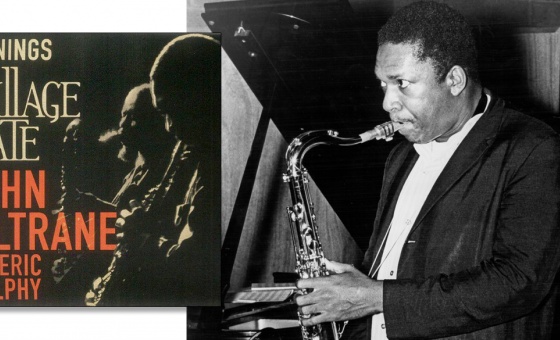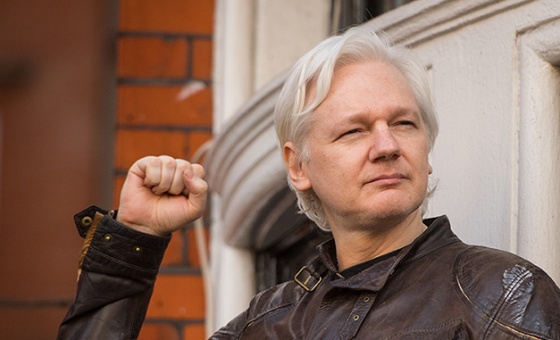This is the last article you can read this month
You can read more article this month
You can read more articles this month
Sorry your limit is up for this month
Reset on:
Please help support the Morning Star by subscribing here
HOLOCAUST Memorial Day, HMD, seeks to shine a light on the attempted destruction of the Jews, Roma and Sinti people, during World War II.
Nowhere before in history had a political movement emerged — Nazism — whose principal aim was the use of state power to completely erase another group from the face of the Earth. As a result of the Nuremberg Laws of 1935, this was all to be achieved legally.
Nowadays, we memorialise the Holocaust, but all too rarely stop to recognise how close Nazi-fascism came to achieving its stated goal.
In some countries, yes, a light is being shone. In others, the light is going out and in a good number, ominously, it has never been switched on.
Over the last year, lining up for Nato and against Russia has accelerated this process of historical revisionism and increasingly, Holocaust relativism.
In Britain, we are still erecting statues and monuments to our achievements during World War II — and marking HMD in ever bigger numbers — while others are frantically pulling them down.
But first, three not so well known features of World War II and their implications for genocide. The survival of the Jews turned on a few significant events.
First, were it not for the victory of the British and Commonwealth Eighth Army at El Alamein, Hitler was ready to take Iraq and Iran in search of oil, seize the Suez Canal and overrun the weak British garrisons in Palestine, where Jews historically resided in limited but growing communities, or were seeking to take refuge.
Iraq counted a million Jews as citizens. In Iran they constituted around 2 per cent of the population.
Historians are only now turning towards this war theatre and giving it the significance it deserves. But those naive people on the left and right who think Hitler planned only to kill the Jews in Europe might reflect on what would have happened if Nazism was allowed to dominate in the Middle East too.
Second, the victory of Stalingrad prevented Hitler’s drive to the south in search of oil. Had this been successful and thus allowed his armies to threaten Iran, British forces in the Middle East would have had to fight a war on two fronts against the German army from the north and east and from the south and west. It is unlikely any army could prevail in such circumstances.
Third, as a result of the conduct of the war and its direction in the early years, the large majority of Europe’s Jews were driven east and many Polish Jews took refuge in Ukraine and Russia. Barbarossa was to be a war of extermination. The specific battle order to ordinary soldiers includes the word “annihilation.”
Unlike the war in the west, in the east, the Germans refused to abide by the Geneva convention. Their crimes of mass murder, conducted by ordinary troops under the guise of the “commissar order” allowing summary execution of Jews and communists and the Einsatzgruppen, are really too terrible to describe in detail here. But those who listen to podcasts should try History Extra Podcast, Desk Killers: The Psychology of Committing Crimes Against Humanity.
The invaders’ aim was to flood Moscow and starve her inhabitants to death. Stopping the Nazis at Moscow saved what was left of the Jews of the east.
It is all too easily passed over that many of these fought in the Red Army and as partisans. It was a way to survive.
The struggle against historical revisionism has involved a focus — quite rightly — on what actually took place, but it is worth reflecting on the war aims of the Nazis.
These become no less important in explaining their actions simply because they were stopped from achieving them.
The Holocaust as we generally describe it now has become linked to Auschwitz Birkenau death camp. But this obscures much.
The Holocaust formally got under way with the Wannsee conference in January 1942 but it was already being enacted in Ukraine and in eastern Poland.
By the time Auschwitz was built, there were already virtually no Jews left in Lithuania, Estonia and Latvia. More were killed in Ukraine and Poland than in Auschwitz by a “Holocaust of the Bullets.” This was done by educated people within the laws and orders of the time and extensive local collaboration.
The Nazis insisted that the “Final Solution” be self-financing — Treblinka accounting for the murder of 925,000 Jews and an unspecified number of Roma and Sinti people only employed 20 full-time staff, the rest being slave labourers. Body parts from teeth to hair and skin were recycled.
Belongings were stolen and sold off. In Poland bodies were boiled down to make glue. Humans were used as guinea pigs in the the most repulsive experiments. Children and babies were not spared. The youngest member of my family to be murdered was not yet one year old.
This illustrates the pristine essence of Nazi-fascism. It serves as an eternal warning from history.
1945 was supposed to close the door on fascism. At war’s end there were victors and defeated. But then Europe divided into two camps.
Defeated Germany was divided between the capitalist and socialist camps and others, most of whom had joined the fascist axis, been willing collaborators in the Holocaust and were defeated, ended up in the socialist camp.
In the 1980s I witnessed first hand the resources placed by the German Democratic Republic into educating youth about the dangers of fascism. But elsewhere across the “killing fields” in the east and in the Baltics, revanchist forces bided their time.
Fascism is a product of a special set of circumstances, including intensified capitalist crisis, the ascendancy of a particularly uncompromising grouping within the capitalist class usually associated with finance capital, war, poverty and radical shifts in population.
It is a fact that the Holocaust was at its most virulent and effective in countries where government rule had broken down and a product of a specific kind of fascism. Nazism’s driving force was the destruction of the Jews in search of Lebensraum.
In Europe now, we have the return of failed and failing states, of suppression of the left and democratic forces, war and a hegemonic version of historical revisionism — called a double genocide — taught in schools and enshrined in law across Europe.
Attacks on Jews, Roma and Sinti people, and also on the left, unions and a democratic press are never very far behind.
They say that history is written by the victors. But in the case of the Holocaust and the history of the USSR, it is being written not by victors or even losers.
In many cases it is being written by governments in countries where the ruling class were complicit in the Nazi invasion and collaborated in the Holocaust.
This makes winning the struggle against historical revisionism all the more important.
Phil Katz is the author of Freedom From Tyranny — The Fight Against Fascism and the Falsification of History (Manifesto Press).











